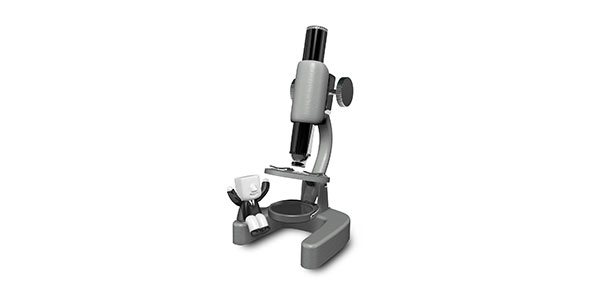Related Flashcards
Cards In This Set
| Front | Back |
|
Abiotic
|
Nonliving features of the environment. (Examples include air, water, sunlight, soil, and temperature.)
|
|
Atmosphere
|
The air surrounding Earth. (78% Nitrogen, 21% oxygen)
|
|
Biotic
|
Features of the environment that are alive or were once alive.
|
|
Carbon Cycle
|
Model describing how carbon molecules move between the living and non-living world.
|
|
Chemosynthesis
|
Process in which producers make energy-rich molecules from chemicals.
|
|
Climate
|
Average weather conditions over time.
|
|
Condensation
|
The process that takes place when a gas changes to a liquid.
|
|
Energy Pyramid
|
Model that shows the amount of energy available at each feeding level in an ecosystem.
|
|
Evaporation
|
The process that takes place when a liquid changes to a gas.
|
|
Food Web
|
Model that shows the complex feeding relationships among organisms in a community.
|
|
Nitrogen Cycle
|
Model describing how nitrogen moves from the atmosphere to the soil, to living organisms, and then back to the atmosphere.
|
|
Nitrogen Fixation
|
Process in which some types of bacteria in the soil change nitrogen gas into a form of nitrogen that plants can use.
|
|
Soil
|
Mixture of mineral and rocks, the remains of dead organisms, air, and water.
|
|
Water Cycle
|
Model describing how water moves from Earth's surface to the atmosphere and back again. (Evaporation, condensation, and precipitation.)
|








